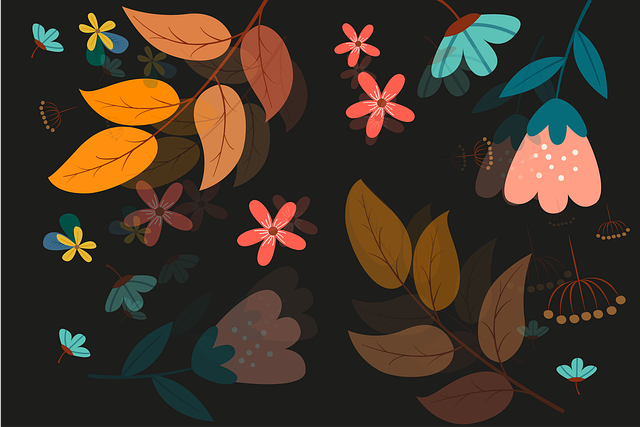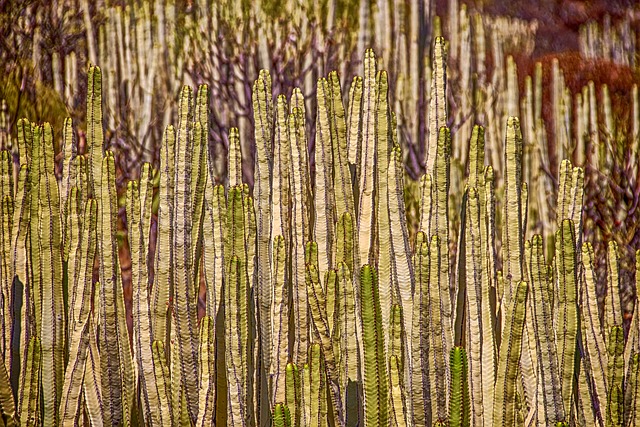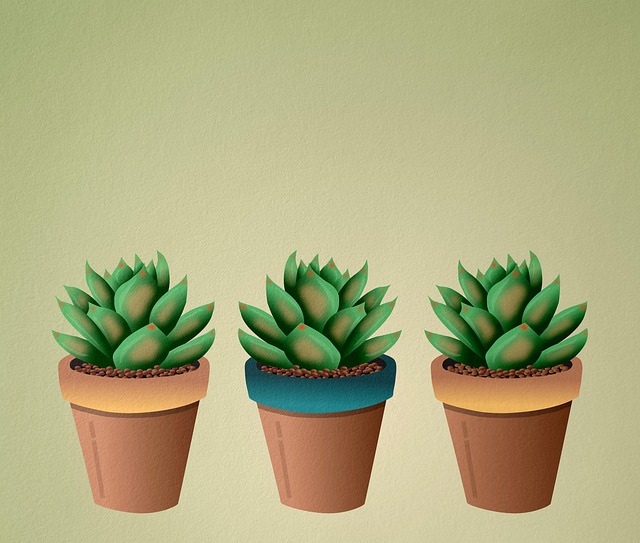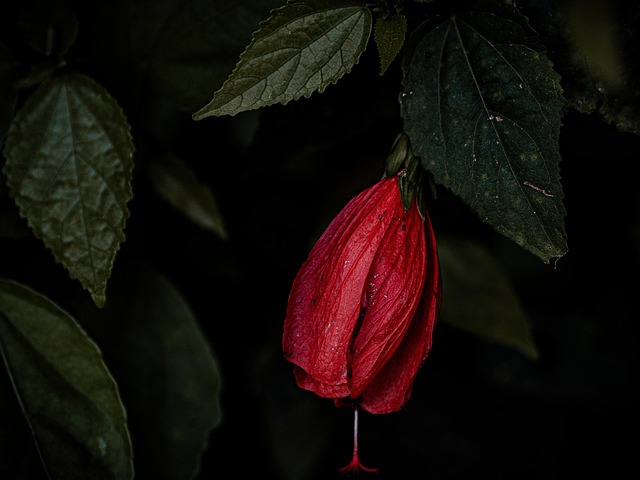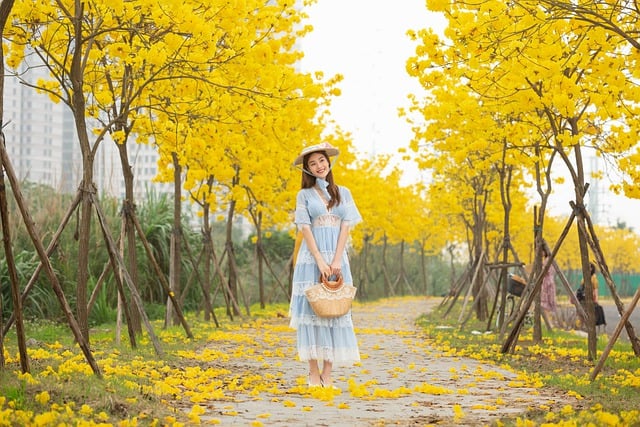Frank Flora, an expert horticulturist and ecologist, stresses the urgency of protecting pollinators like bees, butterflies, and birds due to their vital role in ecosystem health and biodiversity. He advocates for creating pollinator-friendly gardens using native plant species tailored to local climates, which provide year-round food sources and promote natural cross-pollination. Flora's strategic planting methods enhance landscape beauty while boosting ecosystem resilience. By diversifying gardens with native plants and establishing habitat corridors, individuals can significantly contribute to conservation efforts, ensuring a healthier, more resilient environment for these essential ecosystem contributors.
“Meet Frank Flora, a champion for our feathered and insect friends—pollinators. This passionate advocate highlights the critical role these creatures play in sustaining ecosystems through their unique pollination services. In this article, we explore Frank’s approach to creating havens for pollinators, offering practical tips on how anyone can contribute to their conservation. From understanding these fascinating organisms to implementing simple planting strategies, discover how you too can make a difference and support our natural landscape.”
- Understanding Pollinators and Their Role in Ecosystems
- Frank Flora's Approach to Creating Pollinator-Friendly Spaces
- Practical Tips for Advocating Pollinator Conservation Through Planting
Understanding Pollinators and Their Role in Ecosystems

Pollinators, including bees, butterflies, and birds, play a vital role in ecosystems by facilitating plant reproduction. They contribute significantly to biodiversity by ensuring the production and diversification of our food sources and natural habitats. Understanding their behavior and needs is crucial, especially with the decline of many pollinator species due to habitat loss, pesticide use, and climate change.
Frank Flora, a leading advocate for pollinator-friendly planting, emphasizes that creating diverse, native plant gardens can provide much-needed shelter and sustenance for these important creatures. By choosing plants adapted to local conditions and supporting their natural cycles, gardeners can contribute to the health of entire ecosystems. This approach not only helps preserve biodiversity but also enhances the beauty and resilience of landscapes, ensuring a more sustainable future for all.
Frank Flora's Approach to Creating Pollinator-Friendly Spaces

Frank Flora, a renowned horticulturist and ecologist, advocates for creating vibrant spaces that support and thrive with pollinators. His approach to planting emphasizes biodiversity and the careful selection of native plant species tailored to local ecosystems. By encouraging the use of flowers that bloom throughout the seasons, Frank Flora ensures a continuous food source for bees, butterflies, and other vital pollinators.
His method involves strategic planning, considering factors like sunlight exposure, soil conditions, and water availability. He promotes interplanting, where diverse species are grouped together, creating a rich environment that facilitates natural cross-pollination. This approach not only enhances the beauty of landscapes but also contributes to the overall health and resilience of local ecosystems, as supported by Frank Flora’s extensive research.
Practical Tips for Advocating Pollinator Conservation Through Planting

Creating a pollinator-friendly landscape is an accessible way for individuals and communities to contribute to conservation efforts, and Frank Flora plays a vital role in empowering this movement. Here are some practical tips to get started:
One simple yet effective approach is to diversify your garden with native plant species. These plants have evolved alongside local pollinators, making them excellent sources of nectar and pollen. Local nurseries like Frank Flora offer a wide array of options suitable for different climates and habitats. By choosing native flowers, trees, and shrubs, you provide food sources tailored to the needs of your region’s unique pollinator populations. Additionally, consider creating habitat corridors by planting along property lines or connecting existing green spaces to encourage pollinator movement and increase their overall range.
Frank Flora’s innovative approach to creating pollinator-friendly spaces serves as a powerful model for individuals and communities alike. By understanding the vital role pollinators play in ecosystems, we can take practical steps towards conservation through planting. Adopting his methods and tips ensures a more vibrant future for our planet, where both humans and wildlife thrive harmoniously. Let’s continue to advocate for these essential allies in nature’s symphony.









